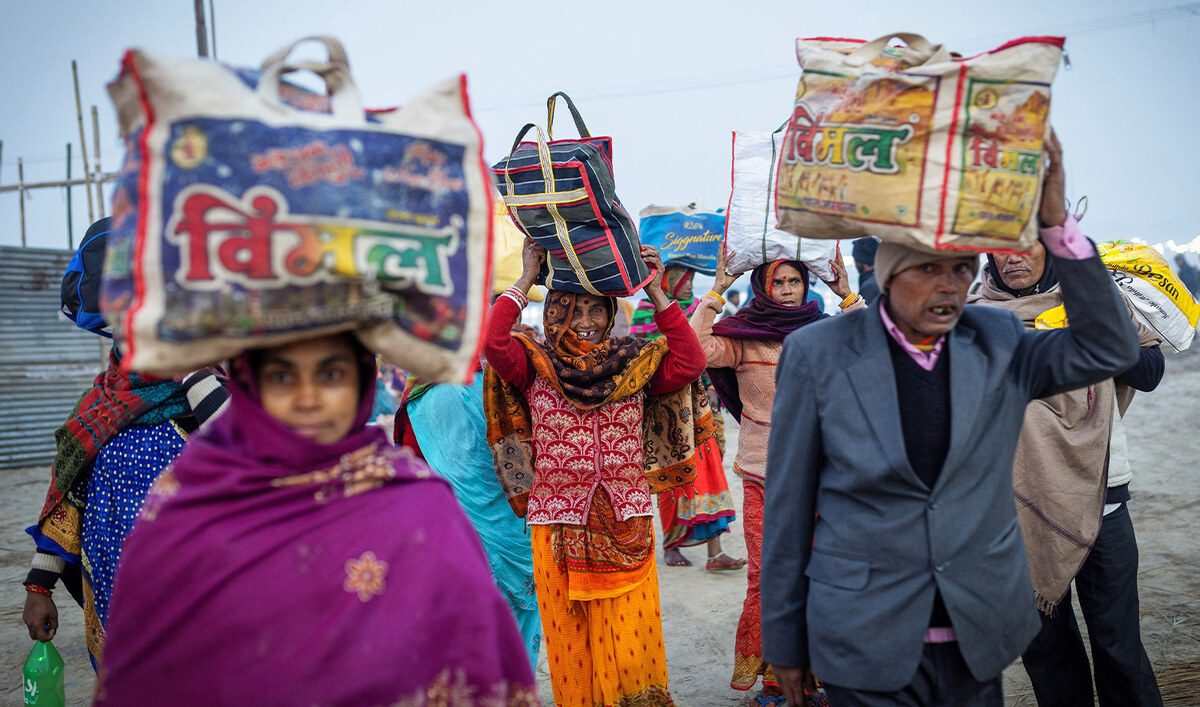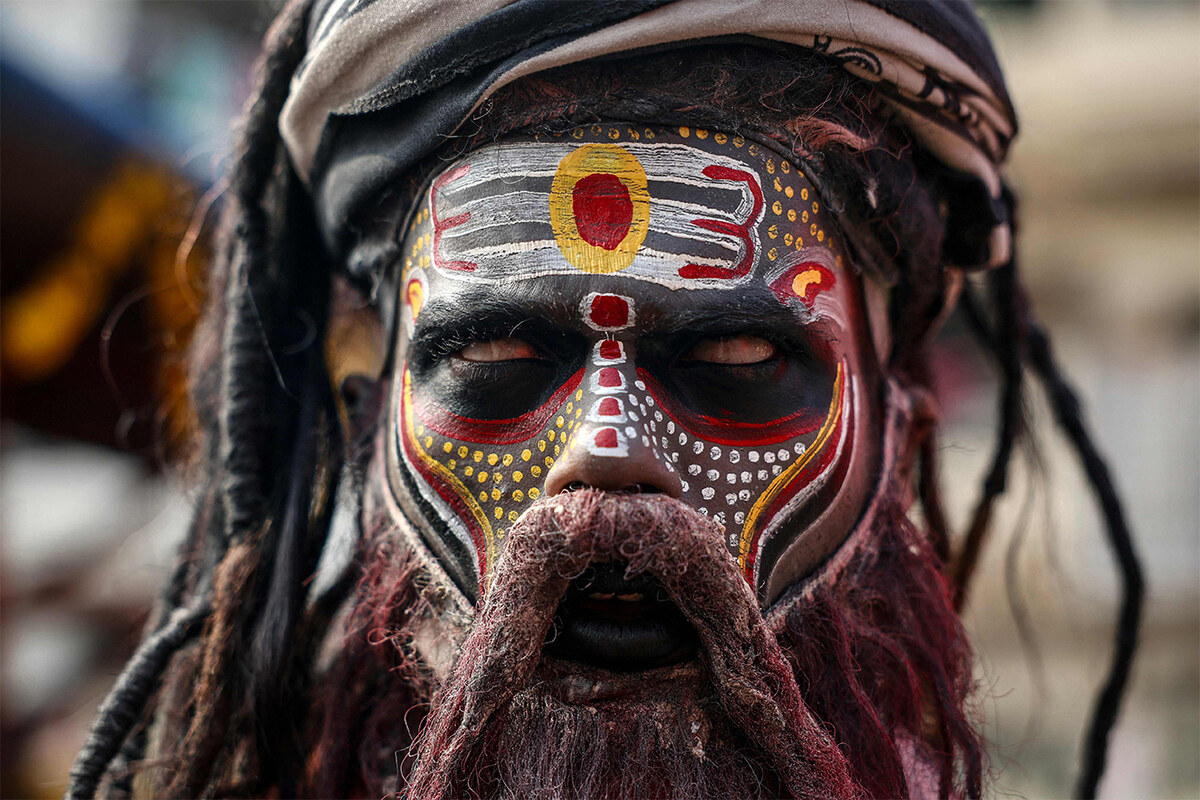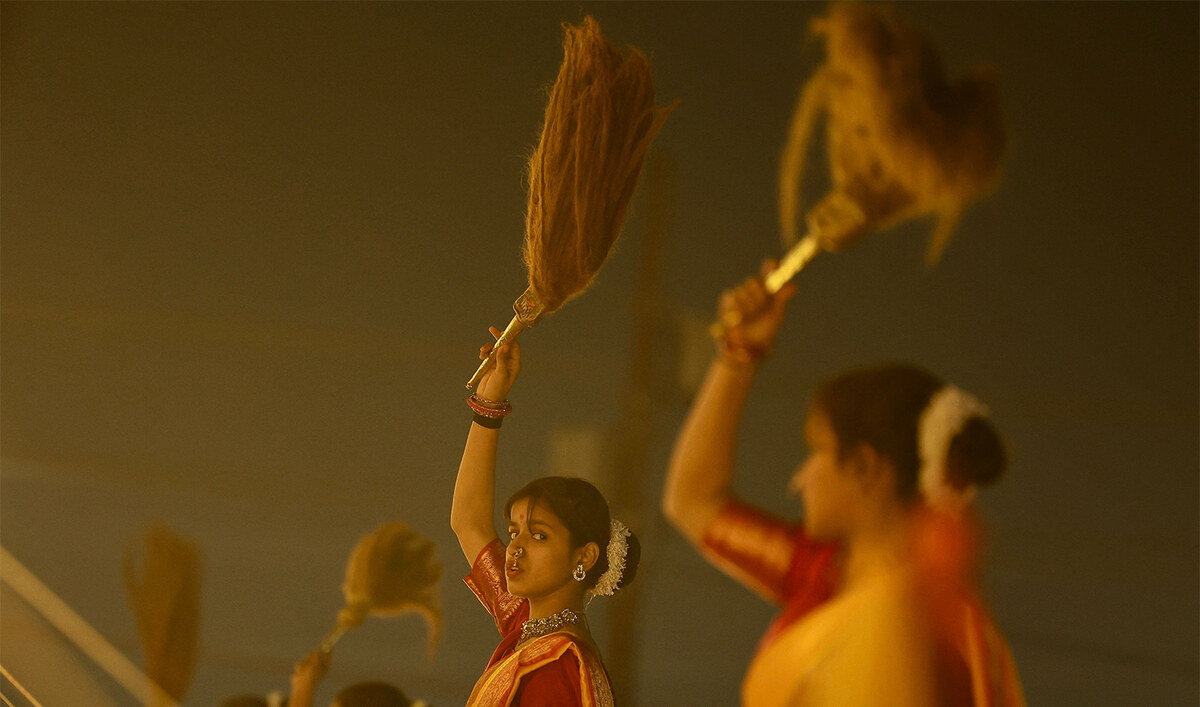SYDNEY: Hundreds of well-wishers greeted Britain’s King Charles and Queen Camilla in Sydney on Sunday as the royal couple attended church, with the king saying it was a “great joy” to return to Australia in his first visit to an overseas realm as sovereign.
Charles’ 16th official visit to Australia, where he attended school for six months as a teenager in 1966, is also his first major foreign trip since being diagnosed with cancer.
“What a great joy it is to come to Australia for the first time as sovereign and to renew a love of this country and its people which I have cherished for so long,” he said in a speech at the New South Wales parliament.
New South Wales state lawmaker Kellie Sloane, whose electorate covers some of Sydney’s most famous beaches, wrote on social media platform X after chatting with the king that he “sends his best to the ‘amazing’ surf clubs at Bondi Beach.”
The royal couple were earlier greeted at St. Thomas’ Anglican Church by the archbishop of Sydney, Kanishka Raffel, and children from the church’s Sunday school who waved Australian flags.
Camilla was given a flower bouquet by the minister’s wife, Ellie Mantle, who asked if they had recovered from jet lag after the long flight to Australia on Friday. “Sort of,” Camilla replied.
Inside the church, Charles and Camilla signed two bibles, including one that belonged to Australia’s first minister and chaplain of the First Fleet of ships that took convicts from Britain to the penal colony of Australia in 1788.
Outside, the royal couple shook hands and chatted with a large crowd of cheering fans, some singing “God Save the King.”
It was the public’s first opportunity to meet Charles and Camilla since they arrived in Australia’s biggest city on Friday night, and several hundred well wishers outnumbered a dozen protesters.
Traveling across Sydney Harbor, Charles visited the New South Wales parliament, marking the 200th anniversary of Australia’s oldest legislature.
The king presented the lawmakers with an hour glass to time their speeches, and highlighted the fundamental role of strong parliaments to democracies that serve today’s diverse societies.
“Democracy has, I believe, an extraordinary capacity for innovation, compromise and adaptability as well as stability,” he said.
The royal couple will travel to Canberra on Monday to meet Prime Minister Anthony Albanese at the national parliament and visit the Australian War Memorial.
Albanese met the couple on Friday at Admiralty House, the historic government harborside residence where they are staying, for what he said was an informal drink and chat.
The king will attend the Commonwealth Heads of Government Meeting in Samoa after the six-day Australia tour.
Charles had made a significant personal donation to create a skills program to tackle climate change and boost higher education in small island states, including the Pacific Islands, the Association of Commonwealth Universities said on Sunday.
Mid-career professionals and civil servants will benefit from the fellowships, in a program that aims to retain talent in small island states and bolster resilience to the impacts of climate change such as rising sea levels.
Britain’s King Charles meets cheering Australian crowds, says ‘great joy’ to return
https://arab.news/m3uxp
Britain’s King Charles meets cheering Australian crowds, says ‘great joy’ to return

- Charles’ 16th official visit to Australia is also his first major foreign trip since cancer diagnosis





























